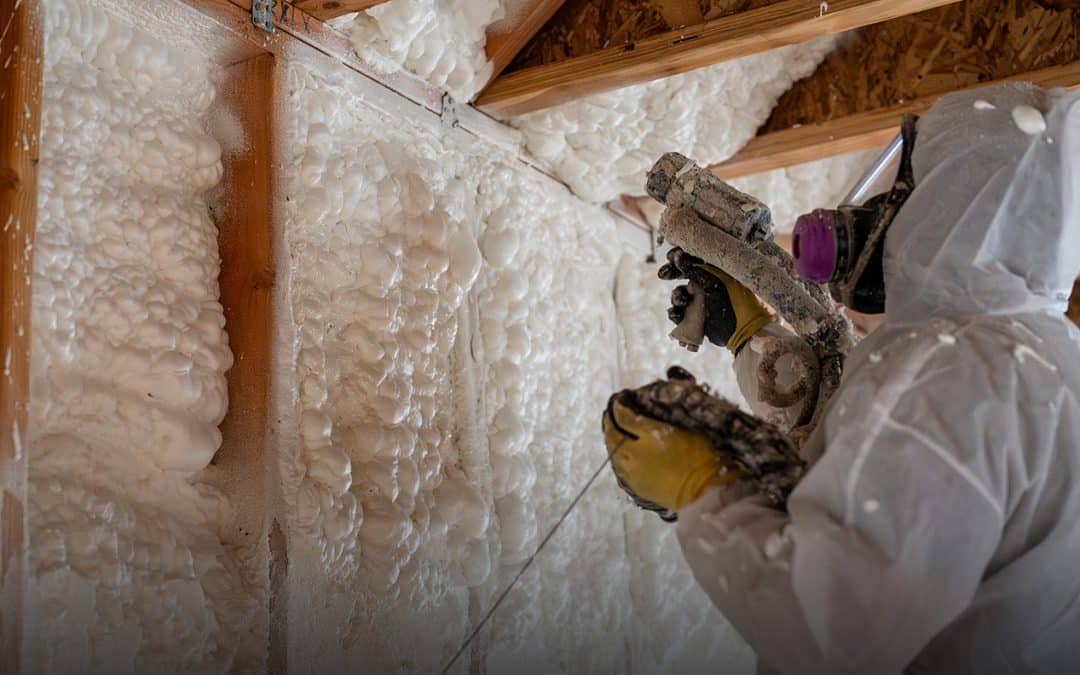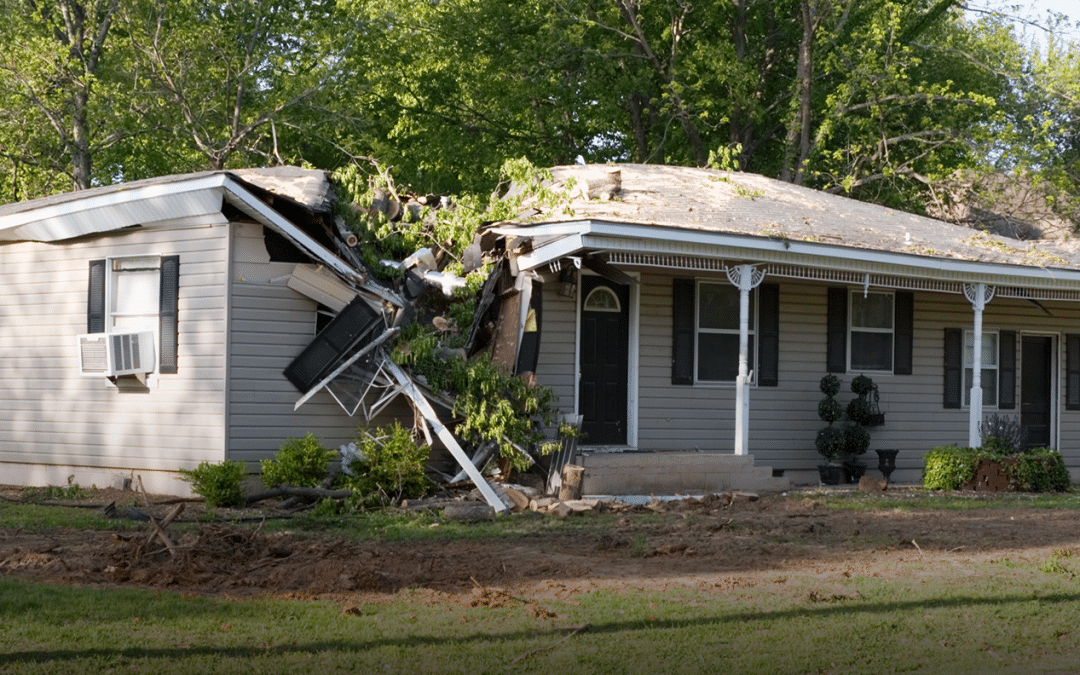When it’s snowing heavily, the best option is to stay home if possible. Let the snow pile up and the winds blow! Curl up on the couch with a good book and maybe catch up on some shows on Netflix.
However, if you need to go out, whether it’s to get medicine for a sick child or to head to work, MAPFRE has some safety recommendations for driving in the snow.
Prepare your vehicle
Before getting into your car, ensure you have enough windshield wiper fluid and that your windshield is clear of all snow and ice. Remove any snow from your vehicle to prevent it from obstructing your view or flying off and hitting another vehicle. Also, make sure your car’s exhaust pipe is clear of snow. Check the air in your tires to ensure they are properly inflated for smooth driving.
Drive slower and avoid sudden stops
Once you’re out on the snowy roads, reduce your speed significantly compared to driving on dry roads, as stopping and turning take longer in poor conditions. Even if your vehicle has all-wheel drive or four-wheel drive, limiting your speed is essential. These vehicles may help you get out of snowed-in parking spots, but they still handle similarly to other vehicles when braking or turning on snow and ice. Maintain extra space between you and the car in front of you for longer stopping distances.
Don’t stop when going uphill
Keep a steady pace when driving uphill. Applying extra gas on snow-covered roads may cause your wheels to spin. Avoid stopping on a hill, if possible, as maintaining momentum will help you navigate slippery roads more effectively.
Be aware going downhill
When driving downhill, reduce your speed and proceed with caution. Take your foot off the gas and gently pump the brakes. If your car begins to slide, slow down even more and allow gravity to guide you.
Don’t panic
Though it’s natural to feel anxious, take a deep breath and stay calm. Look and steer in your desired direction and gently try to turn the steering wheel in that direction. Take your foot off the brake to regain traction, then resume driving at a much slower pace.
Safely navigate snowplows
If you must drive during a storm, exercise extreme caution around snowplows, which can weigh over 10 tons and create poor visibility. Maintain a minimum distance of at least 200 feet, follow posted speed limits, and be prepared for sudden stops. Remember to keep your windshield wipers and headlights on and only pass snow removal equipment when it’s safe. Reduce your speed and maintain extra space.
If you find yourself stuck in the snow, start by shoveling snow away from your tires to improve visibility and traction. Avoid spinning your wheels, as this will worsen the situation. Instead, use materials like salt or sand for a better grip. Shift to the lowest gear, ensure your tires are straight, and use the “rocking” technique to build momentum. If you’re still stuck, consider letting some air out of your tires for better traction, but remember to reinflate them afterward!
We hope these tips help you drive more safely the next time you venture out in the snow. Don’t forget to also make sure you have the right auto insurance coverage in Massachusetts with MAPFRE. Talk to an independent agent in your state or get a fast, free quote today to see how much you could save!



